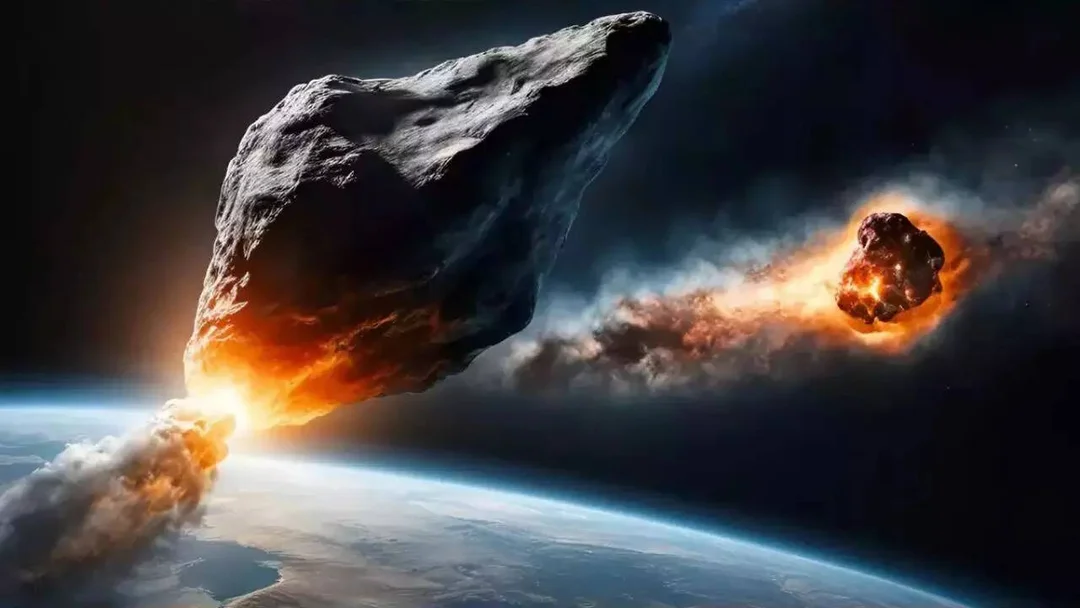
Earth Encounters a Celestial Traffic Jam: NASA Tracks Multiple Asteroids Buzzing Our Planet
Our planet is currently navigating a bit of a cosmic rush hour! NASA and other space agencies are diligently tracking a series of near-Earth objects (NEOs), ranging from house-sized asteroids to rocks the size of buses, all making relatively close approaches. While none of these pose an immediate threat, their presence serves as a potent reminder of the continuous need for planetary defense and improved asteroid detection capabilities.

One of the more significant objects, dubbed 2025 HY2, is an Apollo-class asteroid, roughly the size of a Boeing 737. While it will pass Earth at a distance of 6.8 million kilometers on May 7, 2025, at a blistering speed of 48,904 kilometers per hour, scientists emphasize that this is still a "close call" on a cosmic scale. Had an object of this size entered our atmosphere, the consequences could have been catastrophic, potentially wiping out city blocks and causing widespread damage, much like the Chelyabinsk meteor event in 2013.
Adding to the celestial spectacle, another asteroid, 2025 HJ5, estimated to be between 49 and 111 feet in diameter, made its closest approach on May 2, 2025. Hurtling along at 42,300 miles per hour this house-sized asteroid passed within 477,000 miles of Earth. While deemed no direct danger, its proximity underscores the importance of refining tracking methods and improving detection systems. The data gathered from observing such flybys allows scientists to categorize and assess risk related to future NEOs with better accuracy.
Furthermore, Newsweek reports that NASA is tracking several other smaller asteroids, including 2025 HP22 and 2025 JA, both comparable in size to buses. These rocks are whizzing past us at speeds between 11,000 and 24,000 miles per hour, highlighting the sheer volume of space debris constantly orbiting the sun and potentially crossing Earth's path. They emphasize that numerous similar asteroids are yet to be discovered, and the warning margin in cases of potential impact can be quite narrow.
It's not just about threats; studying these celestial travelers also helps us understand the solar system's origins. NASA's DART mission – the Double Asteroid Redirection Test – offered a historical demonstration of our ability to nudge an asteroid off course and space agencies increasingly look at asteroids as potential sources of resources for future space endeavors.
The continuous monitoring and prediction efforts are coordinated globally by agencies like NASA and the European Space Agency (ESA), along with observatories and astronomers worldwide. Through collaborative efforts, scientists are constantly improving their ability to accurately predict asteroid orbits and provide advance warnings of potential collisions.
While the chances of a significant asteroid impact remain statistically low, the recent flurry of near-Earth flybys serves as a galvanizing factor. Continuous investment in planetary defense technologies, improved asteroid detection systems, and global collaboration remain crucial to ensuring Earth’s safety as we navigate the cosmic seas.
What are your thoughts on the future of planetary defense? Share your opinions and concerns in the comments below!